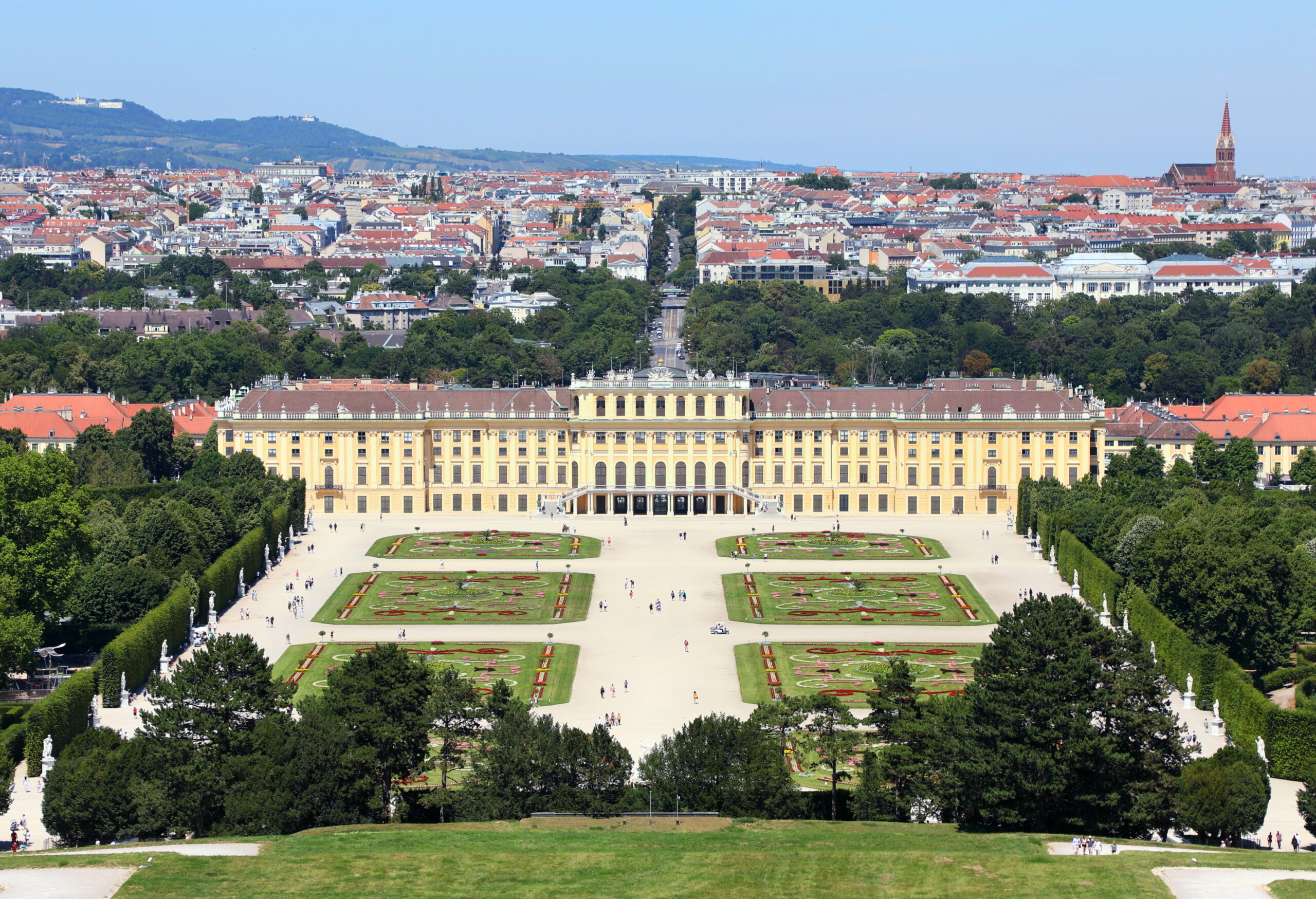South view of the Schönbrunn Palace and park. Photo: C.Stadler/Bwag / CC BY-SA 4.0 DEED.
Vienna is a city with a rich and fascinating history, especially when it comes to espionage. The city’s strategic location in the heart of Europe made it a coveted prize for various empires and powers throughout history. Vienna’s role as a center for spy activities can be traced back to the late 19th century, when the Austro-Hungarian empire collapsed and people from different ethnic and linguistic groups flocked to the city, creating a diverse and chaotic environment that was ripe for espionage.
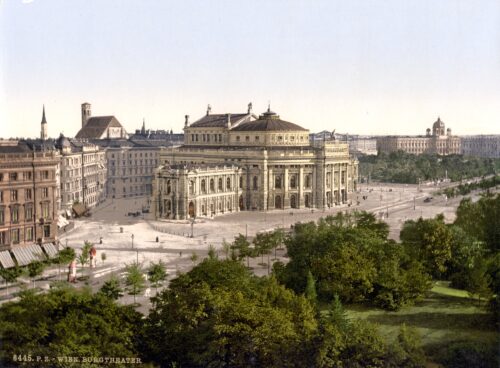
Vienna has been a hub of espionage since the Cold War, when it was divided into four zones by the Allied powers. The city was a neutral ground where agents from both sides could operate, often using the cafés as their rendezvous point. Many famous spies, such as Kim Philby, Rudolf Abel, and Anna Chapman, operated or passed through Vienna at some point in their careers. Some of them were involved in dramatic spy swaps on the airport runway, such as the one that took place in 2010 between the United States and Russia.
Anna Chapman was one of the 10 Russian spies who were arrested in the US by the Federal Bureau of Investigation (FBI) in 2010 as part of the Illegals Program. The Illegals Program (as it was named by the US Department of Justice) was a network of Russian sleeper agents under unofficial cover.
Chapman was accused of acting as an agent of the Russian Foreign Intelligence Service (SVR) and collecting intelligence on US policy and potential targets for recruitment. She was deported to Russia in a spy swap that took place on the runway of the Vienna International Airport on 8 July 2010, where she and nine other agents were exchanged for four people who had been imprisoned by Russia for spying for the West.
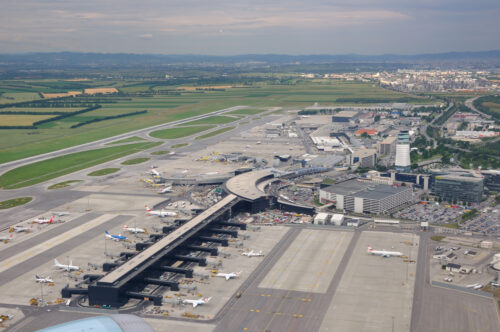
Even today, Vienna remains a nest of spies, as it hosts many international organizations, such as the United Nations, the International Atomic Energy Agency, and the Organization of Petroleum Exporting Countries, that deal with sensitive issues of global security and diplomacy. Vienna’s relaxed laws on spying also make it an attractive place for intelligence services to operate, as long as they do not target Austria directly.
Vienna is famous for its café culture, where people can enjoy a cup of coffee and a slice of cake while reading a newspaper or chatting with friends. The Viennese coffee shop played an important role in shaping Vienna’s culture. Some of the most famous cafés in Vienna are café Central, where Trotsky and Freud used to hang out, café Sacher, where the legendary Sachertorte was invented, and café Landtmann, where Graham Greene wrote The Third Man.
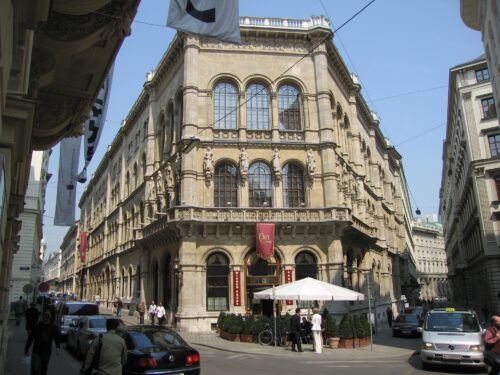
Vienna’s café culture is not only a part of its charm, but also a part of its intrigue. The cafés are also a place where spies and their contacts have met for decades, exchanging secrets and information in the shadow of history, blending in with the crowd of tourists and locals. The cafés were also the setting for many famous novels and films about espionage, including Graham Greene’s The Third Man, John le Carré’s A Perfect Spy and The Bourne Identity.
Vienna is not only a place where secrets are traded and intrigues are woven, but also a beautiful and cultural city, Vienna will captivate you with its culture, history, and natural attractions. It is the home of imperial palaces, such as Schönbrunn and Belvedere, that showcase the splendor of the former Habsburg Empire. It is also the city of music, where Mozart, Beethoven, and Schubert composed their masterpieces and where the Vienna State Opera and the Philharmonic Orchestra perform. Vienna has a vibrant art scene, with museums and galleries displaying works by Klimt, Schiele, and Hundertwasser. Moreover, Vienna offers beautiful parks, gardens, and the Danube River, where visitors can relax and enjoy the scenery.
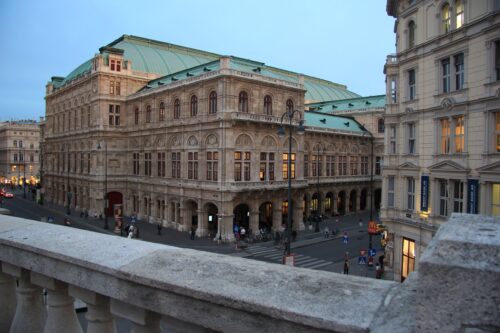
The best time to visit Vienna is from April to May or September to October, when the weather is mild and the city hosts many cultural events and festivals. It is definitely a city that is worth exploring.
Resource
Tourist Info Vienna
wien.info
*The views and opinions expressed on this website are solely those of the original authors and contributors. These views and opinions do not necessarily represent those of Spotter Up Magazine, the administrative staff, and/or any/all contributors to this site.
